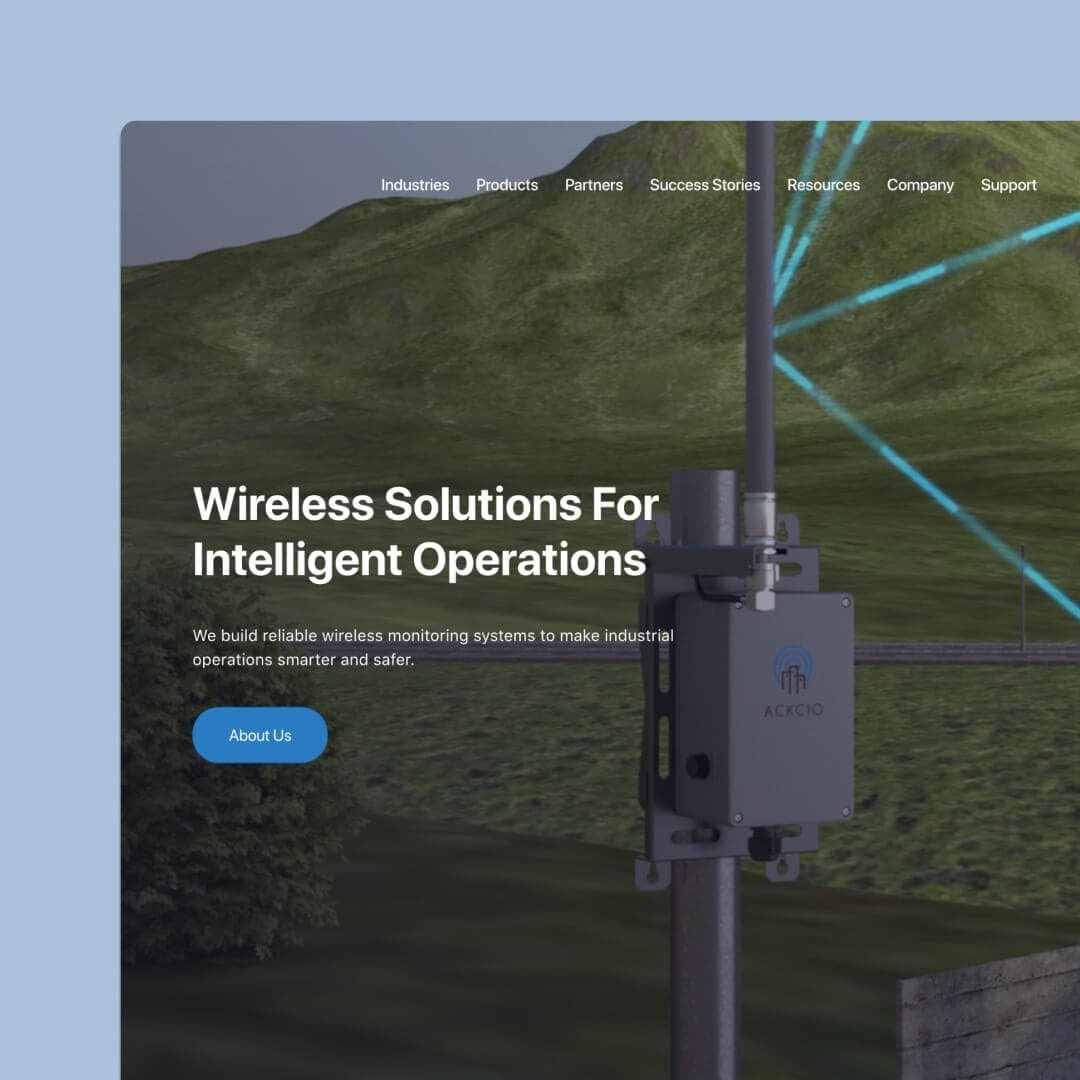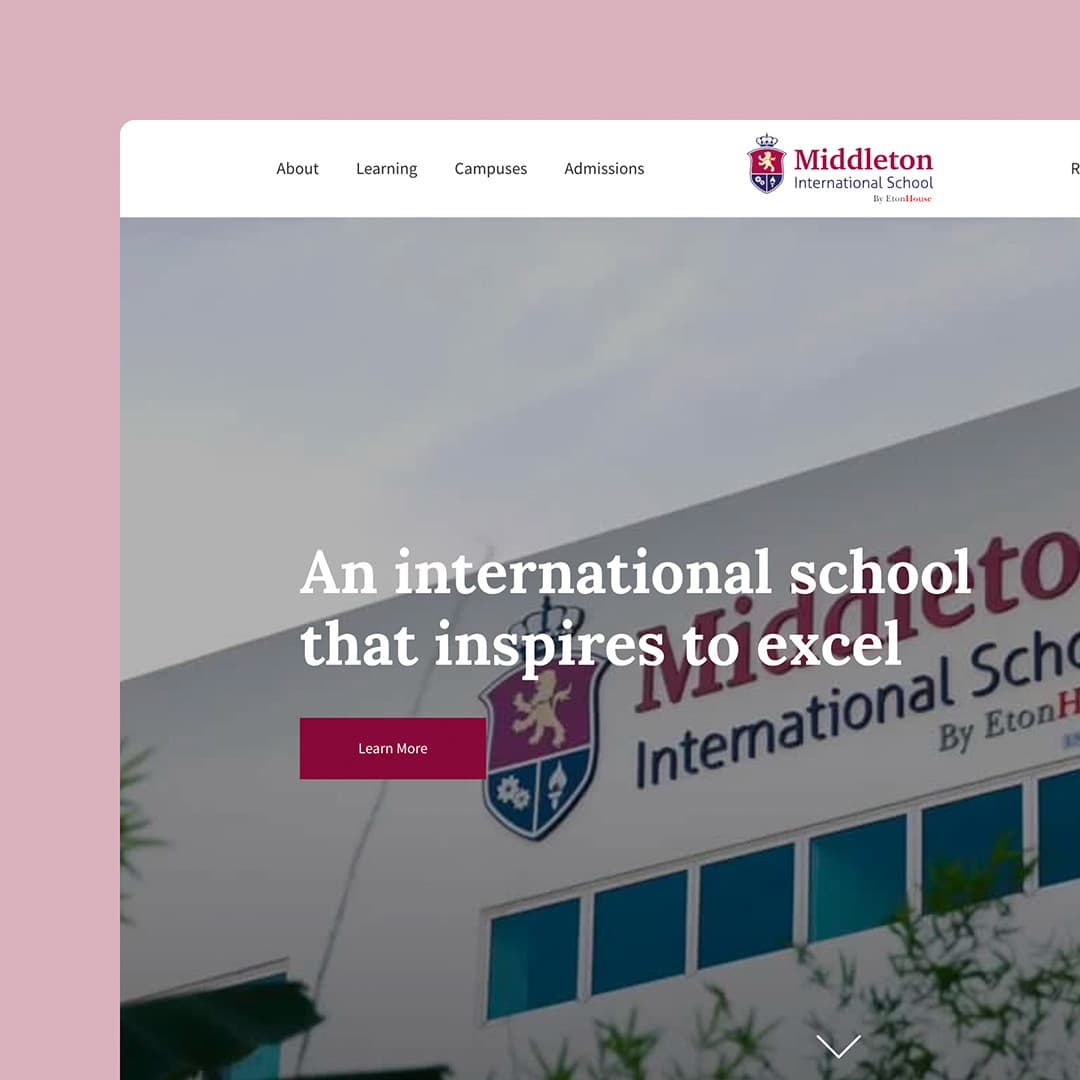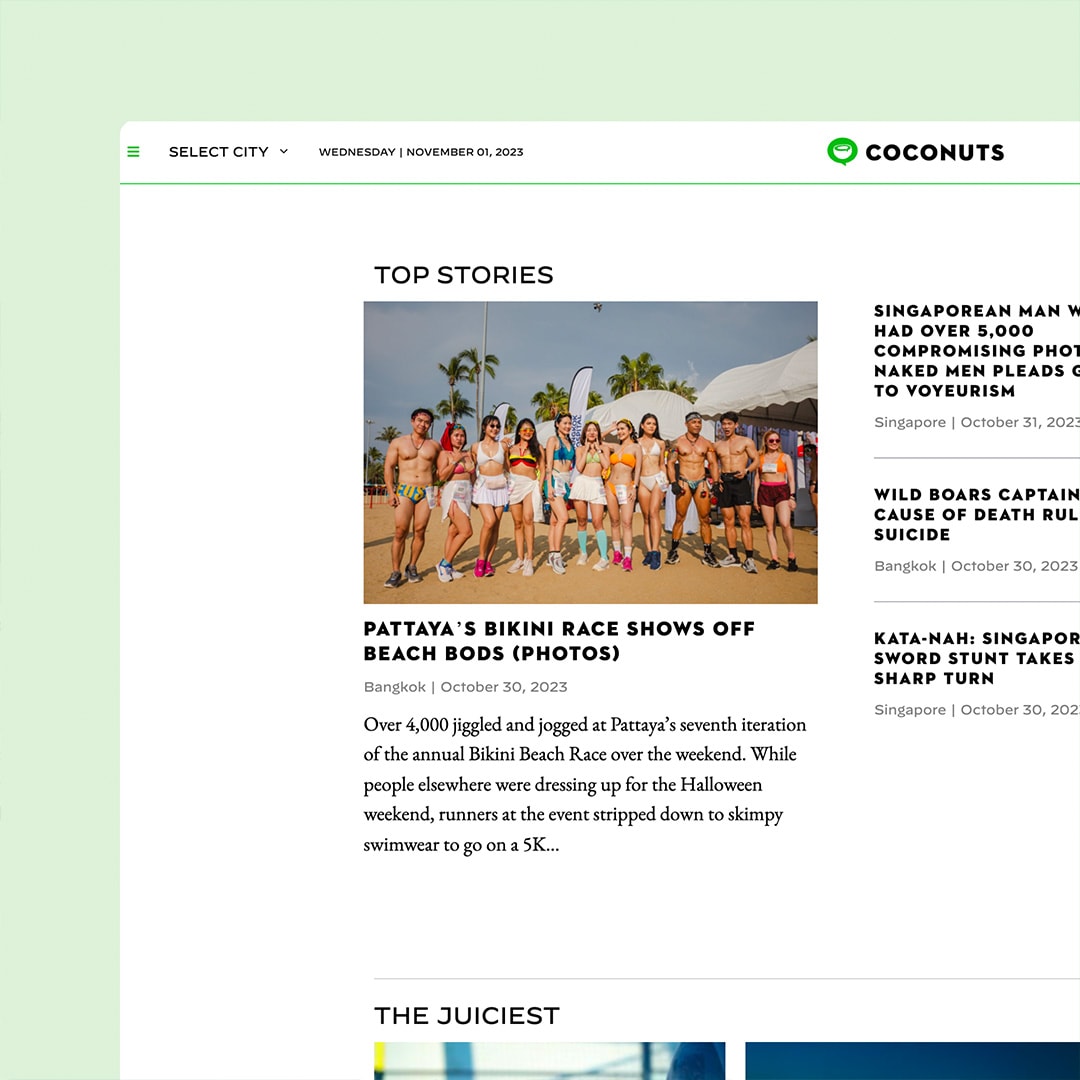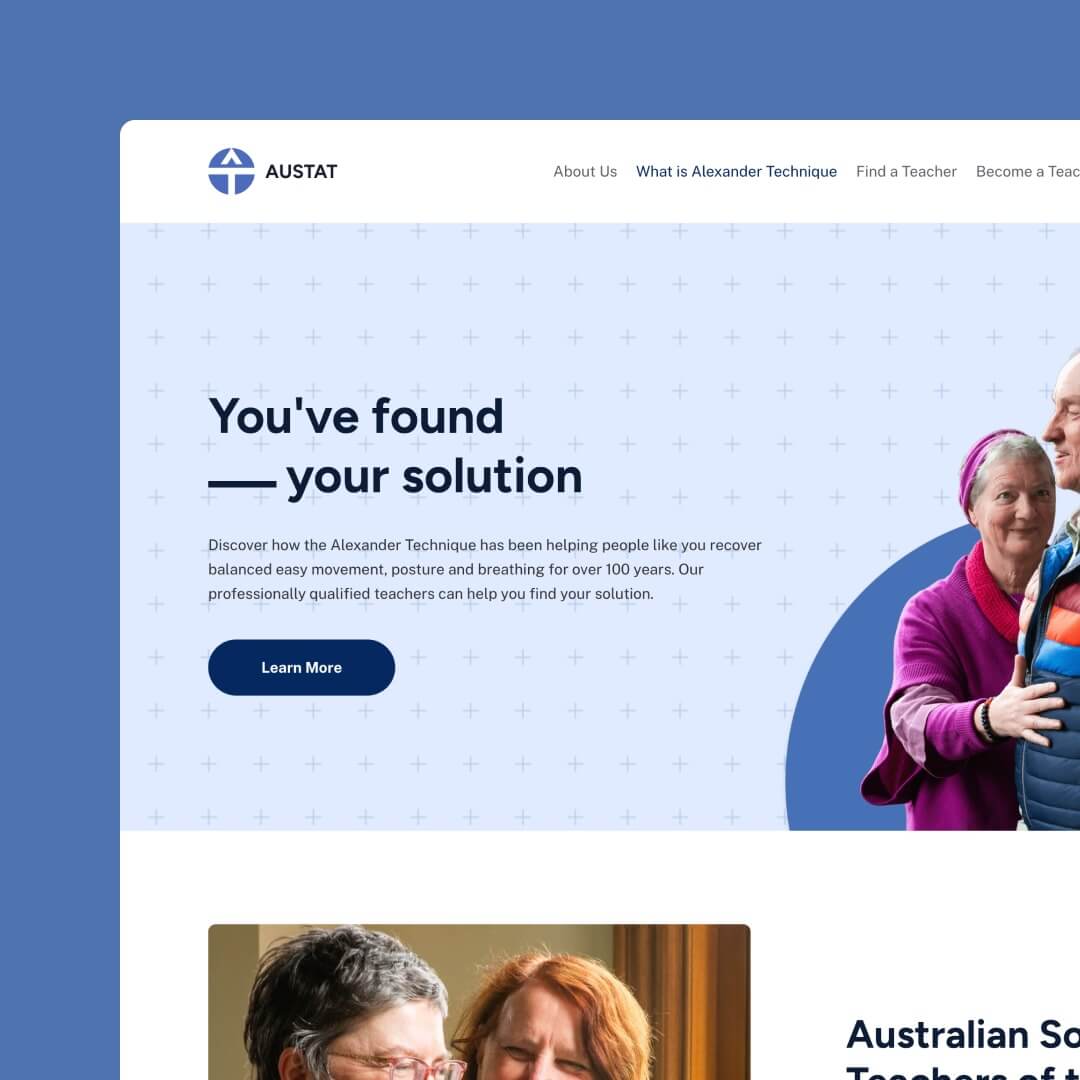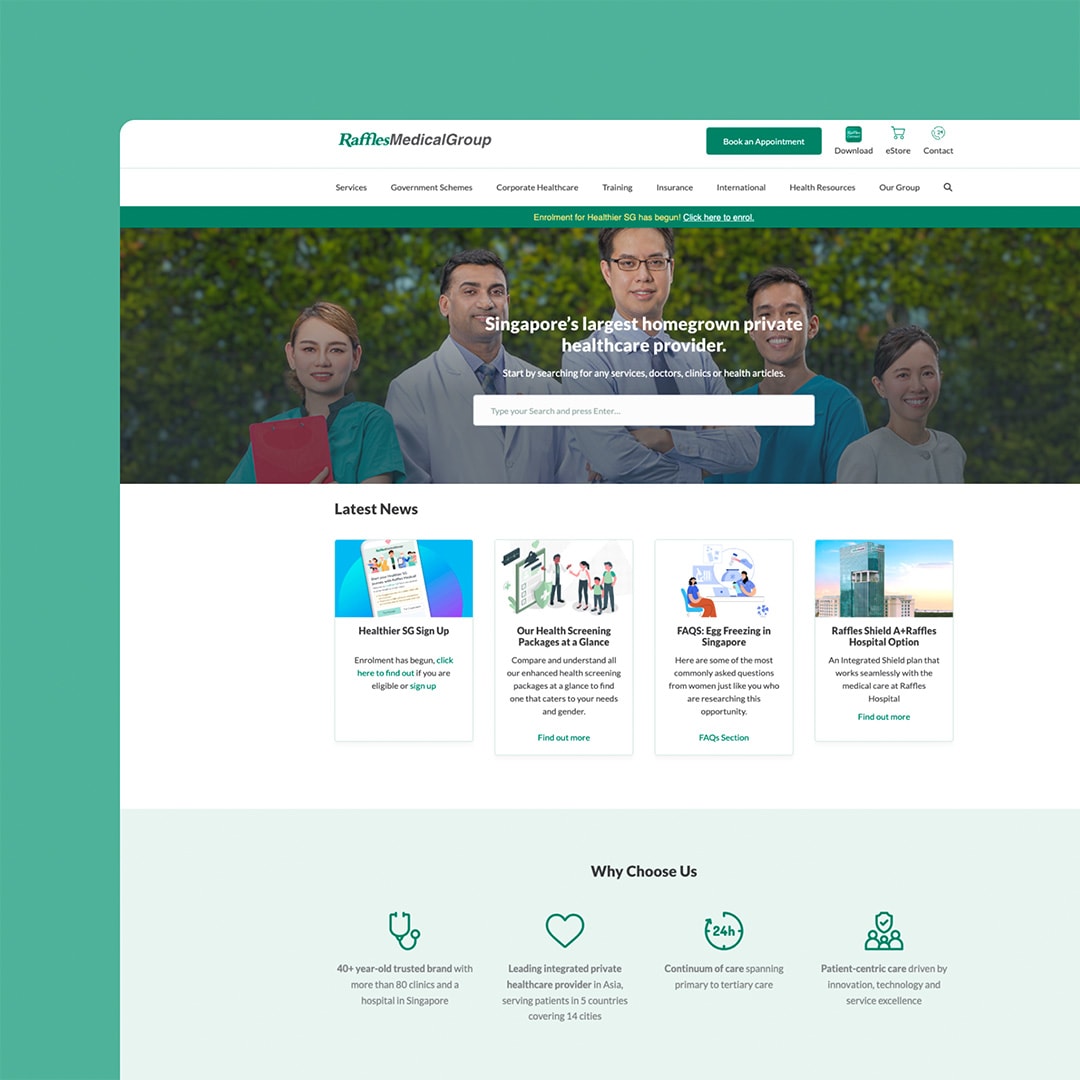
Setting the right goals in website development is crucial for your business’s success. One practical approach to website goal setting is the SMART framework, which helps create clear and attainable objectives that can lead to winning your desired outcomes quickly and smoothly.
A website developer might know everything there is to know about building a website that works, but they won’t know what will work for your business and your audience. That information needs to come from you.
By understanding and implementing SMART requirements, developers and stakeholders can work together to build websites that not only fulfil their desired purposes but also have the potential for growth and improvement.
The SMART acronym is Specific, Measurable, Attainable, Relevant, and Time-bound. These attributes are used to create goals that provide clear direction and are achievable within a given timeframe.
By incorporating these five elements, website development projects can be well-organised, easily monitored and ultimately more successful. The use of SMART requirements in website development ensures that the final product is visually appealing and serves its intended purpose, making it a valuable tool in the competitive world of online presence.
Key Takeaways
- Utilise the SMART framework for transparent and attainable website development goals.
- Ensure goals are closely tied to the website’s purpose and overall objectives.
- Monitor progress and adjust your goals to achieve desired outcomes.
Table of Contents
Understanding the Essence of SMART Website Goals
SMART is an acronym for Specific, Measurable, Achievable, Relevant, and Time-bound. These principles are essential for setting practical goals in any aspect of life, including website development. Goals that adhere to the SMART framework help you focus your efforts, monitor progress, and ensure alignment with business objectives.
What do SMART goals stand for?
- Specific: Ensure your goals are clear and concise, addressing the four Ws: What, Why, Who, and Where.
- Measurable: Incorporate KPIs (Key Performance Indicators) or metrics to evaluate progress and success.
- Achievable: Set realistic targets that are within your capabilities and resources, taking into account potential constraints.
- Relevant: Ensure your goals align with your business objectives and contribute to your website development plan.
- Time-bound: Assign a deadline for goal completion to maintain motivation and enable progress tracking.
The Significance of Setting SMART Goals for Your Website
Establishing SMART goals for your website development is essential in achieving long-term success for your online presence. These goals will guide you and your team through the development process, ensuring that you focus on the right tasks, make informed choices, and prioritise your efforts.
It’s a way of getting everyone on the same page and working in the same direction, which can cause headaches if not done well because stakeholders may unknowingly cloud planning direction or stall development and website approval due to disagreements in how your website should look or operate.
When designing a website, it is essential to consider the user experience and aim to generate more qualified leads, increase brand awareness, or boost sales.
By implementing SMART goals, you can:
- Easily monitor progress with measurable KPIs and metrics
- Ensure your website development efforts are focused on relevant, high-impact tasks
- Provide clear direction and motivation for your team
- Regularly assess and adjust your goals to stay agile and adapt to changes

Initiating the SMART Goal-Setting Process
By following these steps, you can initiate a robust SMART goal-setting process for your website development project, setting your team up for success and ensuring the new website effectively meets your business’s and stakeholders’ needs.
Gathering Insights from Website Stakeholders
It’s essential to involve key stakeholders in the goal-setting process for any website development project.
This is the most significant area of hold-up that causes delays in getting your website launched and a lot of stress and going back and forth with your development team.
Before you start, consult team members, clients and other relevant parties to gather valuable insights and perspectives and take in different areas of expertise. Make sure you discuss the fundamental aims of what you want the website to achieve so that it can take precedence over colour or formatting clashes that might arise.
By engaging in open and honest discussions, you can identify challenges to address, opportunities to leverage and potential goals to pursue.
Proper communication will ensure the goals reflect all stakeholders’ ambitions and expectations.
Establishing a Benchmark for Your Goals
Once insights have been gathered, it’s crucial to establish a transparent benchmark to measure progress and goal attainment. If you are refreshing an older website or replacing an outdated site, drive your new website on data. Analyse all existing data, including website traffic, conversions, and key performance indicators (KPIs), to understand current performance levels. This step will also help you determine realistic goals based on past and current trends, leverage your strengths and bypass any weaknesses.
After identifying a benchmark, you can set SMART goals – Specific, Measurable, Achievable, Relevant and Time-bound.
When defining these goals, ensure they align with your broader business objectives and are precise enough for successful monitoring and evaluation.
Comparing your goals to your established benchmark can help you identify improvement areas and possible barriers to success.
Remember that you can also run analytical tools against your main competitors for comparisons or a starting point if this is your first website build.
Constructing Your SMART Website Goals
Knowing precisely what you want and why you want it will give your website development team the direction they need to create the perfect website for your unique user experience. The clearer you are about your goals, the faster your completion time, with more impacting results and fewer back-and-forth communications.
So, how do you put your SMART goals into practice for building your website?
Specific: Honing in on Detailed Objectives
When establishing goals for your website, it’s crucial to be specific about your desired outcomes. Instead of vague objectives like “increasing sales” or “growing traffic,” pinpoint detailed targets such as “boosting email sign-ups by 20%” or “generating 15 new leads per month through a revamped contact form.” This specificity will help focus your efforts and provide a clear direction for website improvements.
Measurable: Setting Quantifiable Targets
They must be measurable to track your progress and determine if your goals are being met. By setting quantifiable targets, you can monitor the success of your website’s performance and make data-driven decisions moving forward. Examples of measurable goals include:
- Increasing monthly website traffic by 10%
- Achieving a conversion rate of 5% for online sales
- Reducing the bounce rate by 15%
Achievable: Ensuring Your Goals Are Realistic
While it’s essential to be ambitious, your website goals should also be achievable. Setting unrealistic expectations can hinder your success and be demotivating. Ensure your goals are challenging yet attainable, considering factors like available resources, budget, and timeframe. Seek input from your team and analyse past performance to determine achievable targets.
Relevant: Aligning Goals with Your Business Vision
Your website goals should directly support your overall business objectives and vision. Aligning these goals with the company’s mission ensures consistency and keeps the focus on driving your business forward. Take the time to evaluate and identify how each website goal contributes to your long-term vision and business strategy.
Time-Bound: Setting a Timeline for Your Goals
Lastly, make your goals time-bound by setting specific deadlines for achieving them. Providing a timeline helps create urgency and keeps your team accountable for making progress. Break larger goals into smaller, actionable tasks with set milestones. This approach enables you to monitor progress and make necessary adjustments. Examples of time-bound goals include:
- Increase email newsletter sign-ups by 30% within six months
- Improve average page load time by 20% within three months
- Launch a new product landing page within eight weeks
We build stunning, user-focused websites that will wow your customers.
Are you a business owner in Singapore, Australia or worldwide? We work with clients across the globe to deliver beautiful yet functional website designs.

Bringing Your SMART Goals to Life
Before diving into any website development project, it is crucial to document your SMART goals. By carefully noting your objectives, you’re taking the first step towards bringing them to life.
Documenting Your Goals: The First Step to Realisation
To help document your SMART goals, consider creating a table with columns for each of the five components. Fill in each row to ensure that all objectives meet the SMART criteria.
Having a clear, well-organised document you can share easily with others outlines your goals and ensures that everyone on the project shares the same vision. Documenting your goals also serves as a point of reference during development so you can check in and make necessary changes. Be sure to use positive language – what you want to achieve, not what you want to avoid.
Setting Up for Success
Once your SMART goals are documented, it’s time to implement them. Break your goal down into small actions you can work towards daily, weekly or monthly. This will give you a clear roadmap for how the team will work towards meeting each deadline, keeping in mind any dependencies between tasks or goals.
Remember to regularly review your goals and progress, ensuring everyone stays accountable and on track. By following these steps and staying true to the SMART framework, you’ll be well on your way to achieving success in your website development project.
Tracking and Adjusting Your SMART Goals
Smaller milestones will make tracking progress more manageable. You can set up progress meetings with your team and website developer to see where everyone is up to and review and discuss updates on goal achievements.
Adjusting Your Strategy: What to Do If You Miss Your Targets
Sometimes, despite your best efforts, you may find that your website is not performing as intended. Missing your targets is a reality faced by many development teams, and the key to overcoming this challenge is to remain flexible and adapt your strategy accordingly. If your goals aren’t being met, it’s time to reassess and modify your approach.
Begin by identifying the reasons behind the missed targets. Was it a lack of resources, a change in market conditions, or an oversight during the planning process? Once you’ve established the cause, determine if the initial SMART goals need to be revised or if your execution can be adjusted to get back on track.
Remember that even your best-laid plans may require adjustments along the way, particularly in the rapidly changing landscape of website development. Always be ready to adapt, learn from setbacks, and continually refine your strategy to stay aligned with the SMART requirements for your project.
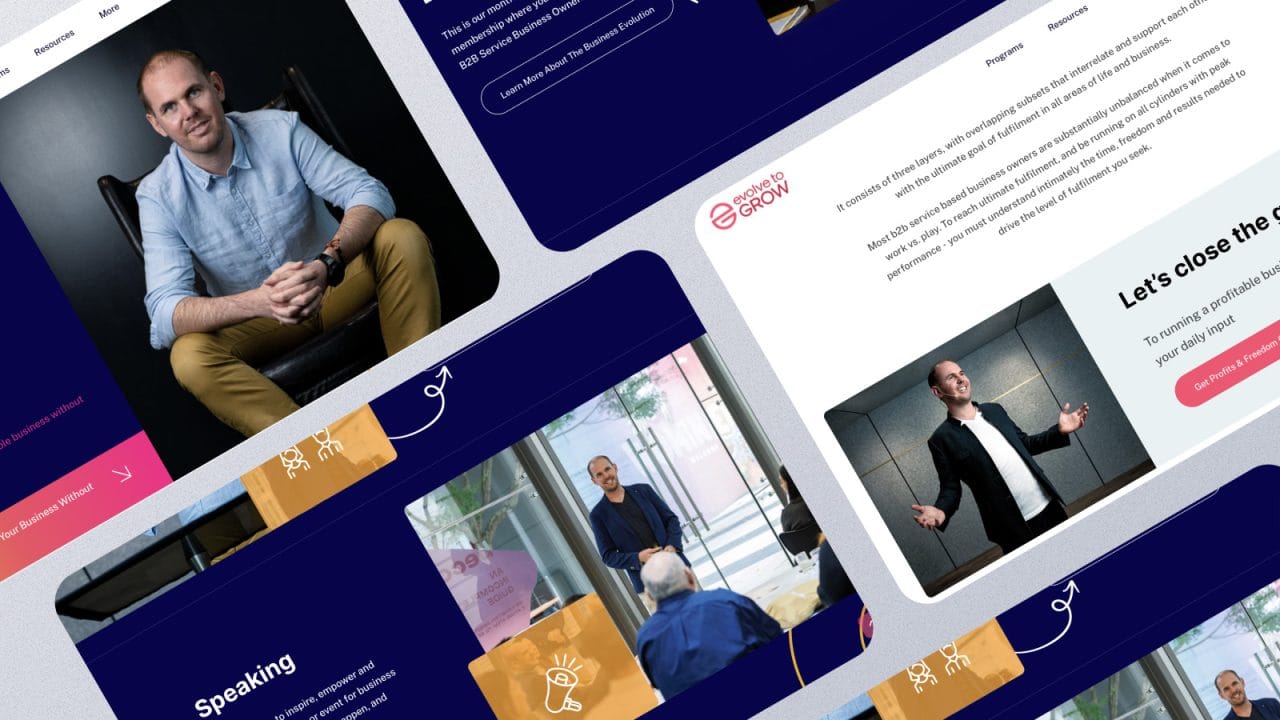
Case Studies: SMART Goals in Action
In this section, we will examine two case studies to gain insights into the successful implementation of SMART goals in website development.
Focussing on two websites, F1Chronicle and Evolve to Grow, we will explore how they achieved their desired outcomes through clear and measurable objectives.
Analysing Successful Website Goals and Objectives: F1Chronicle
F1Chronicle: Their goal was to speed up their website to attract more traffic to their informational platform. By implementing the following SMART goals, they were able to optimise their website’s performance:
- Specific: Reduce page loading time by at least 30%.
- Measurable: Track improvement using website performance monitoring tools.
- Achievable: Utilise website optimisation techniques, such as image compression and code minification.
- Relevant: Faster loading times improve user experience, increasing visitor retention and attracting new users.
- Time-Bound: Achieve desired improvements within three months.
The results can be observed through the increased traffic and positive user feedback on the website’s performance.
Analysing Successful Website Goals and Objectives: Evolve to Grow
Evolve to Grow: They needed a modern website with an improved look and feel that would guide visitors on a purposeful journey to generate more leads from their content. Their SMART goals included:
- Specific: Increase lead generation by 15%.
- Measurable: Monitor lead conversion rates using website analytics tools.
- Achievable: Implement modern design elements, improve website navigation and provide clear calls to action.
- Relevant: An engaging website design and user experience fosters trust, encourages visitors to explore, and generates leads.
- Time-Bound: Complete website redesign and launch within six months.
The improved website design increased leads, proving their SMART goals were effectively executed.
Learning from Real-World Examples
The goals in these real-world examples provide clear objectives and allow for measurable outcomes, ensuring that developers and stakeholders can track progress and ultimately achieve their desired results.
Website development projects are inherently complex. Having well-defined website goals can help streamline the process, making it more manageable and increasing the likelihood of success.
Avoiding Common Pitfalls in Goal Setting
Some common pitfalls must be avoided when setting SMART goals for successful website development. This section will outline ways to avoid these, focusing on steering clear of vanity goals and preparing for potential hurdles.
Steering Clear of Vanity Goals
Vanity goals may appear impressive but have little impact on overall website success. These goals often lead to short-term satisfaction but do not contribute to long-term achievements or measurable improvements. Make sure your goals meet every SMART area in total.
Preparing for Potential Hurdles
During the website development process, it is common to encounter challenges and obstacles that can derail progress or hinder achieving goals. To prepare for potential hurdles:
- Identify potential risks: Assess the project’s scope and identify potential risks or complications that may arise during development. This may include technical issues, resource constraints, or other external factors.
- Develop contingency plans: For each identified risk, develop a contingency plan outlining the steps to be taken if the risk materialises. This helps ensure that any disruptions are addressed quickly and efficiently.
- Monitor progress regularly: Keep a close eye on the progress of the project and the achievement of goals, utilising analytics tools and project management software as needed. Regular monitoring allows for early detection and resolution of issues.
- Maintain open communication channels: Encourage clear and open communication among team members and stakeholders, ensuring that any concerns or problems are reported promptly and resolved collaboratively.
- Adjust goals as necessary: Be flexible and willing to revise goals as needed, considering any changes in circumstances or available resources.
We help you uncover the SMART goals that will take your business to the next level during our website design and development onboarding process. Get the ball rolling by contacting us today.
Frequently Asked Questions (FAQs)
Our expertise
Website Design
We mix creativity with UX thinking to design interfaces that feel seamless. Always responsive, always built around outcomes — leads, engagement, conversion.


